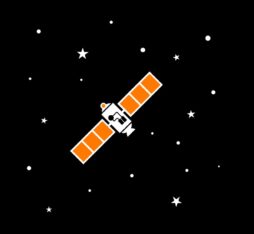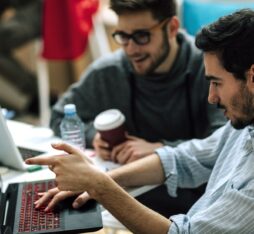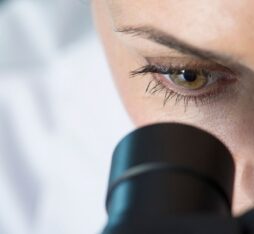● Building on traditional research and existing test data, the new AIs enable laboratories to gain time and optimise drug candidates’ chances of success in clinical trials.
● Deploying the power of reinforcement learning, the new machines can take into account innumerable parameters and evaluate the eligibility of compounds in just a few milliseconds.
Traditional procedures to discover new compounds for the treatment of diseases are tiresome, slow, and costly to implement. Now recourse to artificial intelligence tools is changing this paradigm. On May 25, a group of researchers, some of whom are from MIT, published an article in Nature Chemical Biology, to report the discovery of a novel antibiotic targeting Acinetobacter baumannii, a bacteria responsible for numerous drug-resistant infections including pneumonia and meningitis. The researchers identified the potential therapeutic agent using a deep-learning model trained to evaluate chemical compounds sourced from a library of more than 7,000 molecules.
A language model to invent new compounds
In France, a number of companies are specialising in the discovery of new molecules for the pharmaceutical industry. Among them Iktos, whose CEO Yann Gaston-Mathé explains the implications of the new technology: “AI enables us to speed up the synthesis and testing of these molecules. Experimental testing can be replaced by virtual testing to model how they will behave.” It goes without saying that this is only possible if researchers have access to vast quantities of experimental data on known compounds, which enables them to build machine-learning models capable of predicting if a new compound is potentially eligible for clinical use. “Nowadays, answers of that kind are available in just a few milliseconds”, points out the entrepreneur. These artificial intelligence tools function in a manner that resembles ChatGPT: like large language models, they are generative AI systems with power to create innovative combinations that satisfy complex criteria sourced from existing data.
Selectively targeting a protein involved in a pathological process is like searching for a needle in a haystack.
Huge numbers of parameters that need to be considered
It is not easy to find new compounds: “When we look for new drugs, we start out with a target, that is to say a biological mechanism where we want to intervene so as to have a positive impact on a disease,” explains Yann Gaston-Mathé. “More often than not, this is a process involving a pathological protein whose action we want to block with our compound.” However, selectively targeting a protein involved in a pathological process is like searching for a needle in a haystack. “The need to be selective is underlined by the fact that there are more than 20,000 different proteins in the human body and we don’t want a compound that is supposed to be a therapeutic agent to impact other proteins or to have effects other than those desired, which may well be toxic.” Compounds also have to be soluble enough to be properly absorbed, as well as capable of passing through the intestinal wall, and the barrier posed by the liver, which in most cases will destroy them before they reach the site of infection. The number of parameters required for success can accumulate very quickly.
Generating compounds
“As with ChatGPT, we ask a machine to imagine new compounds that satisfy contextual information like solubility scores etc. With reinforcement learning, we can obtain more precise results that enable us to send extra information back to the molecule generator, which is how the system learns to produce better candidates.” The model, which synthetically creates compounds, draws its inspiration from traditional chemistry; once it has been fed with the right test data, it can orient researchers in the right direction, which will pave the way for significant gains in productivity while cutting down on test failures.
Compound design is not the only avenue for the development of AI in pharmaceutical research. For their part, companies like Owkin are working to find new therapeutic targets, while other highly ambitious start-ups are hoping to replace traditional clinical trials, which can take as long as ten years, by virtual testing that will quickly pave the way for new drug candidates.











